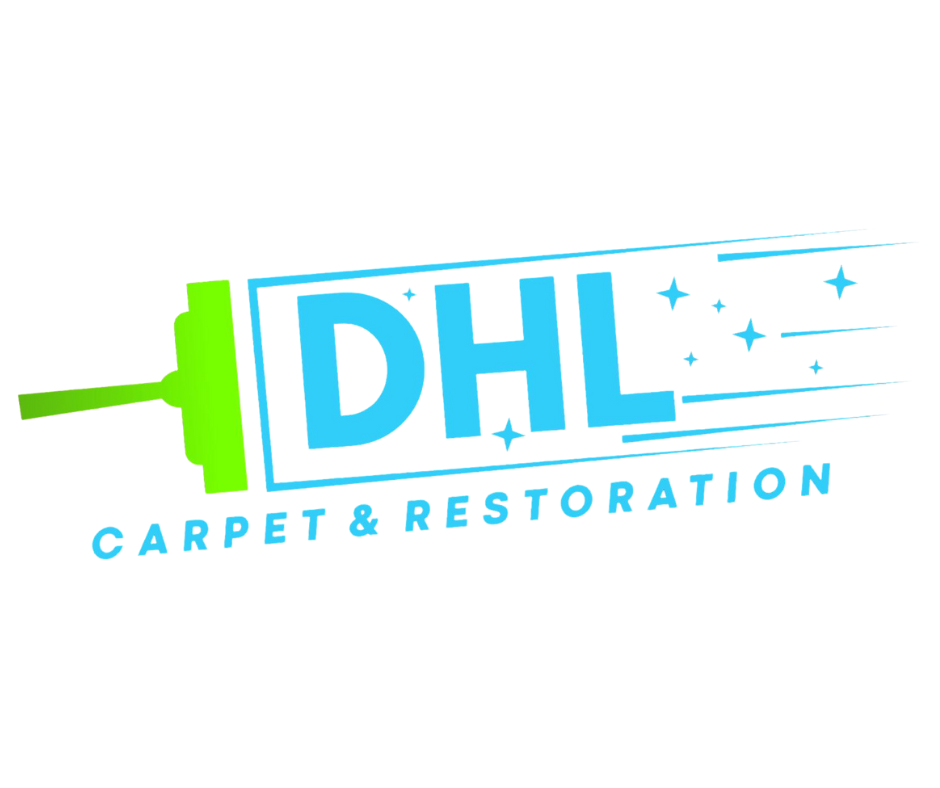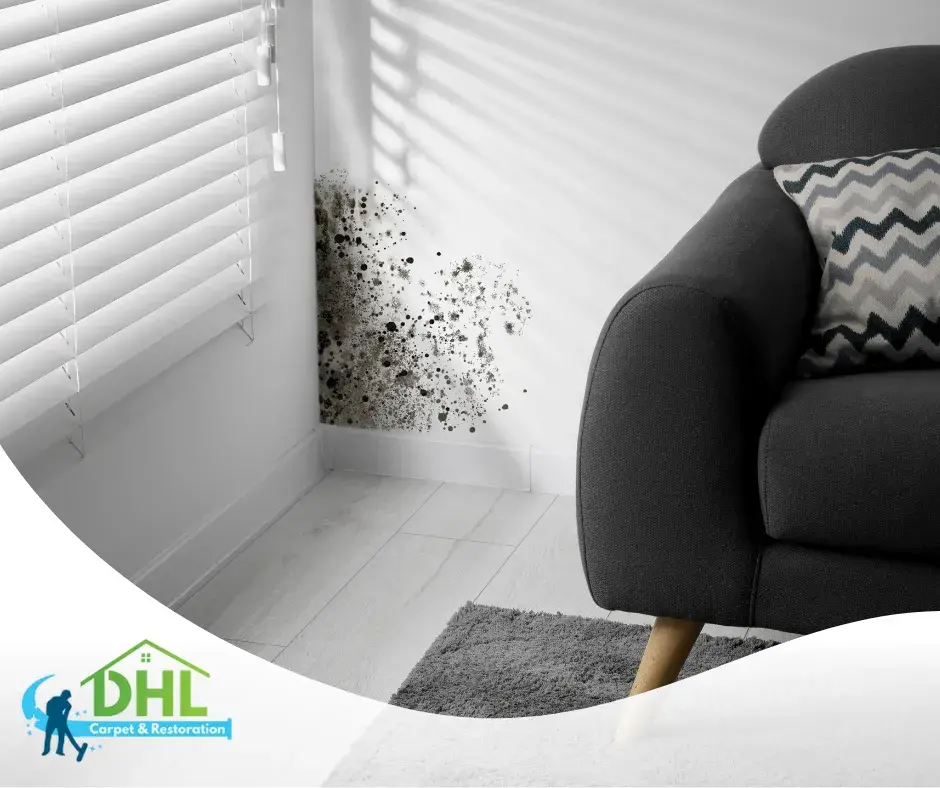Mold can develop quickly in moist or poorly ventilated spaces, becoming a serious concern for both property and health. Effective Mold Removal requires more than just scrubbing visible spots—it involves using proven methods tailored to the extent and location of the infestation. Understanding these approaches helps ensure the mold is eliminated thoroughly and doesn’t return unexpectedly.
HEPA Filtration and Air Scrubbing
One of the most essential steps in mold remediation is cleaning the air. High-Efficiency Particulate Air (HEPA) filtration systems capture airborne spores and microscopic particles that typical vacuums cannot. Professionals use air scrubbers and negative air machines to purify the environment during the removal process. This minimizes the spread of spores and keeps indoor air quality safe for occupants, especially those with allergies or respiratory issues.
Dry Ice Blasting and Soda Blasting
For mold growing on wood or concrete, abrasive techniques such as dry ice blasting or soda blasting are highly effective. These methods use pressurized particles to strip mold from surfaces without causing structural damage. They’re especially useful in attics, crawl spaces, and basements where mold tends to settle into porous materials. These techniques go beyond surface cleaning and help restore materials that would otherwise require replacement.
Antimicrobial and Biocide Treatments
After physical removal, affected surfaces are treated with EPA-approved antimicrobial or biocide solutions. These products are designed to kill residual spores and inhibit future mold growth. Safe and effective when applied correctly, these treatments are a critical part of the Mold Removal process, ensuring the space remains mold-free even after moisture levels return to normal. Professionals choose the appropriate solution based on the type of surface and level of contamination.
Moisture Control and Prevention
No mold cleanup effort is complete without addressing the moisture problem that caused it. Whether it’s fixing leaks, improving ventilation, or installing dehumidifiers, controlling indoor humidity is the most reliable way to prevent mold from returning. Professionals assess the property’s vulnerabilities and recommend preventative steps that go hand-in-hand with removal. A dry environment is a mold-free environment—and prevention is always more cost-effective than repeated cleanups.
Learn More

